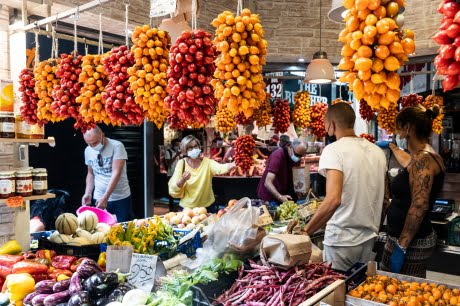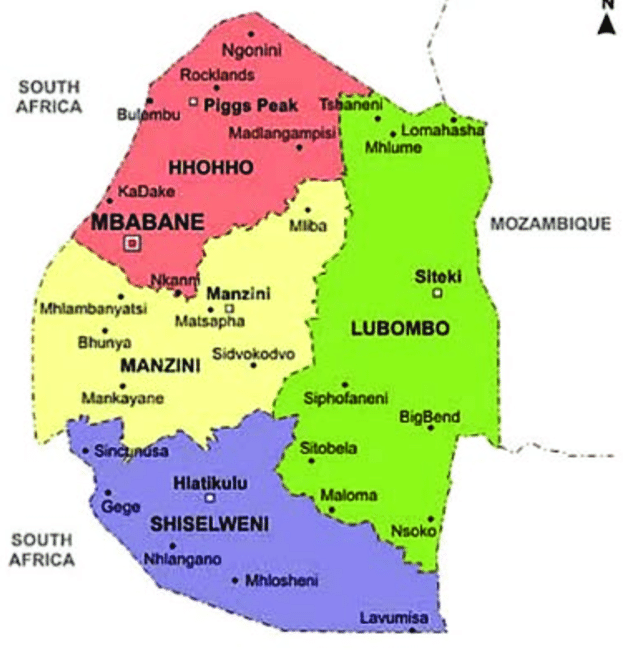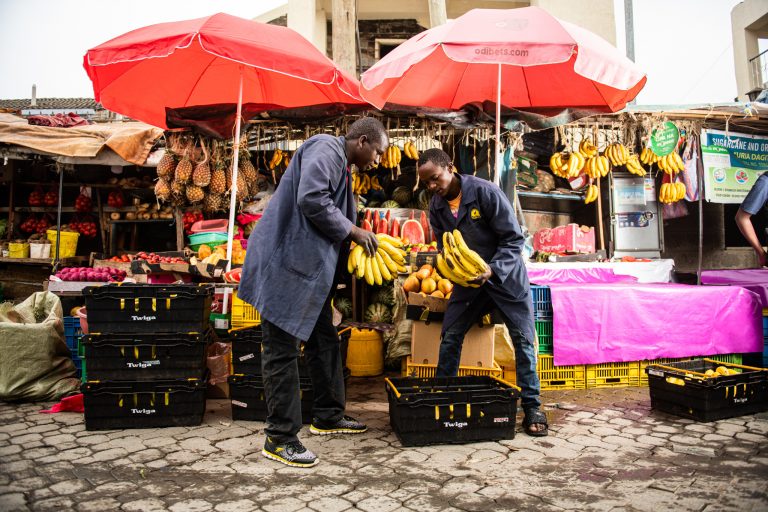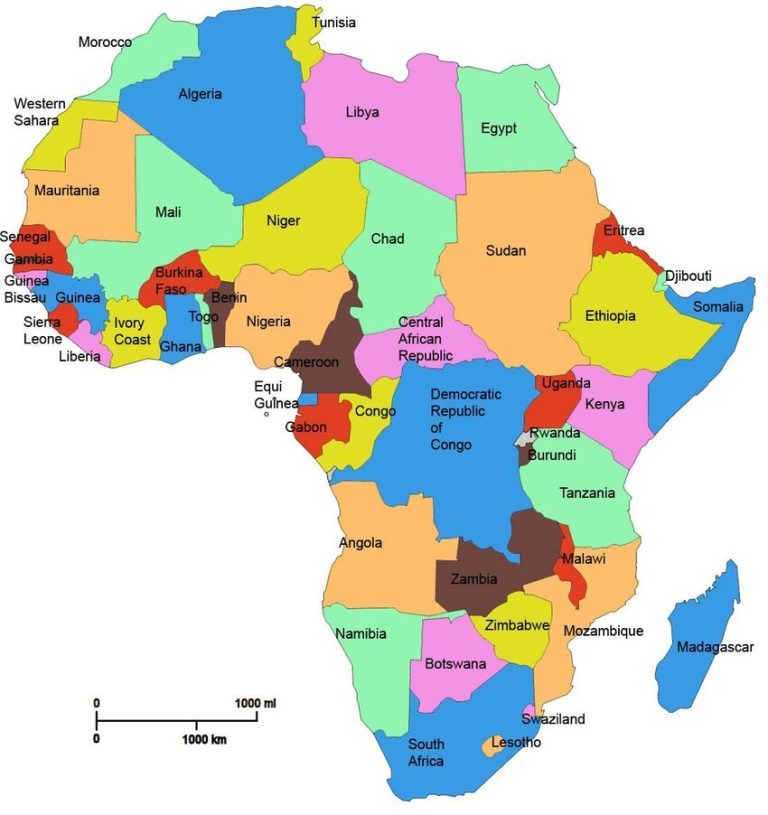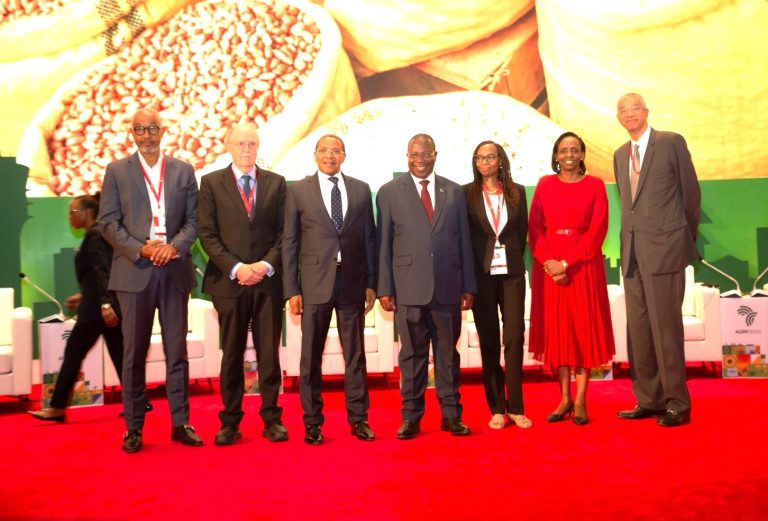The benchmark for world food commodity prices declined significantly in July, with major cereal and vegetable oil prices recording double-digit percentage declines, the Food and Agriculture Organization of the United Nations (FAO) reported today.
The closely-watched FAO Food Price Index averaged 140.9 points in July, down 8.6 percent from June, marking the fourth consecutive monthly decline since hitting all-time highs earlier in the year. The Index, which tracks monthly changes in the international prices of a basket of commonly-traded food commodities, nevertheless, remained 13.1 percent higher than in July 2021.
“The decline in food commodity prices from very high levels is welcome, especially when seen from a food access viewpoint; however, many uncertainties remain, including high fertilizer prices that can impact future production prospects and farmers’ livelihoods, a bleak global economic outlook, and currency movements, all of which pose serious strains for global food security,” said FAO Chief Economist Maximo Torero.
The FAO Vegetable Oil Price Index decreased by 19.2 percent in July from June, marking a 10-month low. International quotations for all oil types fell, with palm oil prices declining due to prospects of ample export availabilities out of Indonesia, those of rapeseed oil responding to expectations of ample new crop supplies, and soy oil prices down due to protracted sluggish demand. Sunflower oil prices also dropped markedly amid subdued global import demand despite continued logistical uncertainties in the Black Sea region. Lower crude oil prices also pressured vegetable oil values down.
The FAO Cereal Price Index dropped by 11.5 percent in the month, while remaining 16.6 percent above its July 2021 value. Prices of all the cereals represented in the index fell, led by wheat, for which world prices declined by as much as 14.5 percent, partly in reaction to the agreement reached between Ukraine and the Russian Federation to unblock exports from key Black Sea ports and partly to seasonal availability from ongoing harvests in the northern hemisphere. World coarse grain prices declined by 11.2 percent in July, with those of maize down by 10.7 percent, also due in part to the Black Sea agreement as well as increased seasonal availabilities in Argentina and Brazil. International rice prices also declined for the first time in 2022.
The FAO Sugar Price Index fell by 3.8 percent from June amid concerns over demand prospects due to expectations of a further global economic slowdown, a weakening Brazilian real, and lower ethanol prices resulting in greater sugar production in Brazil during the month than previously


